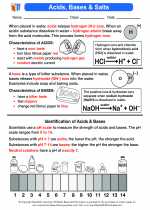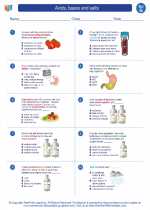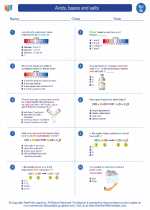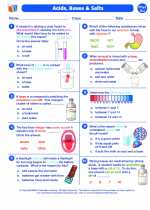Plants: An Overview
Plants are living organisms that belong to the kingdom Plantae. They are essential for life on Earth as they provide oxygen, food, and habitat for many other organisms. Plants can be found in a variety of environments, from deserts to rainforests, and they come in numerous shapes, sizes, and forms.
Key Characteristics of Plants
- Photosynthesis: Plants have the unique ability to produce their own food through a process called photosynthesis. This process involves using sunlight, carbon dioxide, and water to create glucose and oxygen.
- Cell Walls: Unlike animal cells, plant cells have a rigid cell wall composed of cellulose, which provides structural support.
- Reproduction: Most plants reproduce through flowering and the production of seeds, while others, like ferns and mosses, reproduce through spores.
- Adaptations: Plants have evolved a wide range of adaptations to survive in different environments, such as thorns for protection, or specialized roots for water uptake in dry areas.
Basic Plant Anatomy
Understanding the basic anatomy of a plant is crucial for comprehending its functions and adaptations. Here are some key parts of a typical plant:
- Roots: Responsible for anchoring the plant in the soil and absorbing water and nutrients.
- Stems: Provide support for the plant and transport water, nutrients, and sugars throughout the plant.
- Leaves: Site of photosynthesis and gas exchange, where carbon dioxide is taken in and oxygen is released.
- Flowers: Reproductive structures that produce seeds after pollination.
- Fruit: Develops from the flower and serves as a vessel for seed dispersal.
Importance of Plants
Plants play a crucial role in various ecological and human contexts, including:
- Oxygen Production: Through photosynthesis, plants release oxygen into the atmosphere, which is essential for the survival of animals and other organisms.
- Food Source: Many of the foods we consume, such as fruits, vegetables, grains, and nuts, are derived from plants.
- Medicinal Purposes: Plants have been a source of medicinal compounds for centuries and continue to be important in modern medicine.
- Ecological Balance: Plants contribute to the balance of ecosystems by providing habitats, food, and shelter for countless organisms.
Study Guide
Here are some key concepts and questions to help you study plants:
- What is photosynthesis, and why is it important for plants?
- Describe the major parts of a plant and their functions.
- Explain the process of plant reproduction, including both seed and spore production.
- Discuss the importance of plants in the environment and human society.
- Identify and describe at least 3 plant adaptations and how they help the plant survive in specific environments.
Remember to review the key characteristics, anatomy, and importance of plants to gain a comprehensive understanding of this essential topic!







